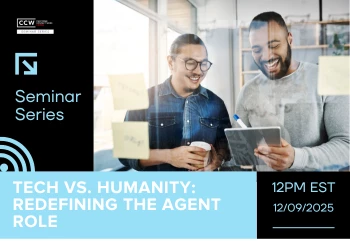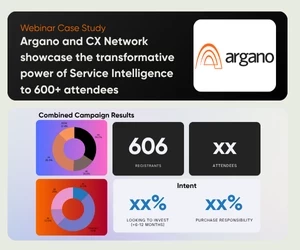Amex Director: "Direct mail can be disruptive marketing,"
Add bookmarkAfter hearing Jon speak about the value of direct mail in today's digital-age, Ernan Roman chats to Jon Affatato of the multi-billion dollar financial services company, American Express to find out more.
Jon Affatato is a director in global marketing operations at American Express, where he is responsible for vendor management, execution of prospect and customer acquisition direct marketing, and web personalization. His team innovates to maximize ROI and channel integration across a wide variety of both consumer and small business segments. Prior to American Express, he worked at MRM (the direct marketing division of McCann-Erickson).
Customer Relationship Management
What is one marketing topic that is most important to you as an innovator?
Direct mail still has a valuable place in the marketing mix when brands are looking to create a deep, personal connection with customers. Twenty years ago, direct mail was the cool guy at the table. Come to think of it, he was the only guy at the table. Then along came email. Email was going to take direct mail's seat, but after a while it just decided to sit at the table alongside direct mail. And then came social media, which everyone was certain was going to take direct mail's and email's seats, but it too decided just to sit beside his tablemates. After social media came many others — DRTV, mobile phones, big data, QR codes, digital print, triggers, and virtual reality. The consumer marketing table became crowded and noisy, so direct mail decided to take out the folding bridge table from the closet and sit by himself, not far from the other guys. So if you want to have a slower, deeper conversation with customers, you can sit at the bridge table with direct mail. It depends on what your customers are in the mood for.
Why is this so important?
Because the table analogy above really is true. Direct mail is unique. I've learned throughout my 25-year career that no single new marketing strategy or technology is going to replace the others. They all just get another seat at the overall marketing table, and each year the advertising budgets have to be cut up into more, thinner slices. Amid the avalanche of impressions that we are all exposed to in our increasingly digital lives, direct mail continues to stands out. It makes us pause. Deployed effectively, it can be disruptive marketing.
How will this improve the customer experience?
Direct mail is scientifically proven to lower your blood pressure when you interact with it. It engages your senses and a larger portion of your brain. Neuroscience studies demonstrated that people connect more emotionally, retain more information, and perceive greater value in physical media over digital media.
This is especially important to the marketing strategy for a world-class brand like American Express, where descriptors like "service," "trust," and "security" are instilled in the public consciousness. We believe it's critical to demonstrate these values into every customer interaction, whether through personalized, real-time offers via the Amex mobile app or delivering a beautifully crafted package that uses a sumptuous, tactile coating over a high-quality paper and an embossed foil teaser, inviting the recipient to learn more about the benefits of American Express Gold Card membership.
But let me be clear, direct mail is not just for premium customers. Direct mail also grabs the millennials' attention. The format of our American Express Green Card direct mail mimics the feel of a digital communication. But because people slow down and engage with physical content more thoughtfully, they are more likely to understand and remember the benefits of your product or service.
How will this improve the effectiveness of marketing?
Direct mail is not for everyone. Neither is social media, mobile ads, or banner ads. You have to be thoughtful about which channel to use for which customer and when. Developing an effective marketing strategy means they should all sit together at the table. If we meet our prospects and customers where, when, and how they want to be met, we can drive more valuable interactions and longer relationships.
Bonus: What is your favorite activity outside of work?
I am a mash-up of left brain and right brain passions, which probably explains my career in direct marketing since it's a blend of very concrete analytics and processes with a heavy dash of creativity. I am the music director of a youth orchestra on Long Island, and I spend a lot of time coaching my son and daughter (a cellist and violinist, respectively). On weekends, you can usually find me conducting, downloading scores, or giving private music lessons.





















